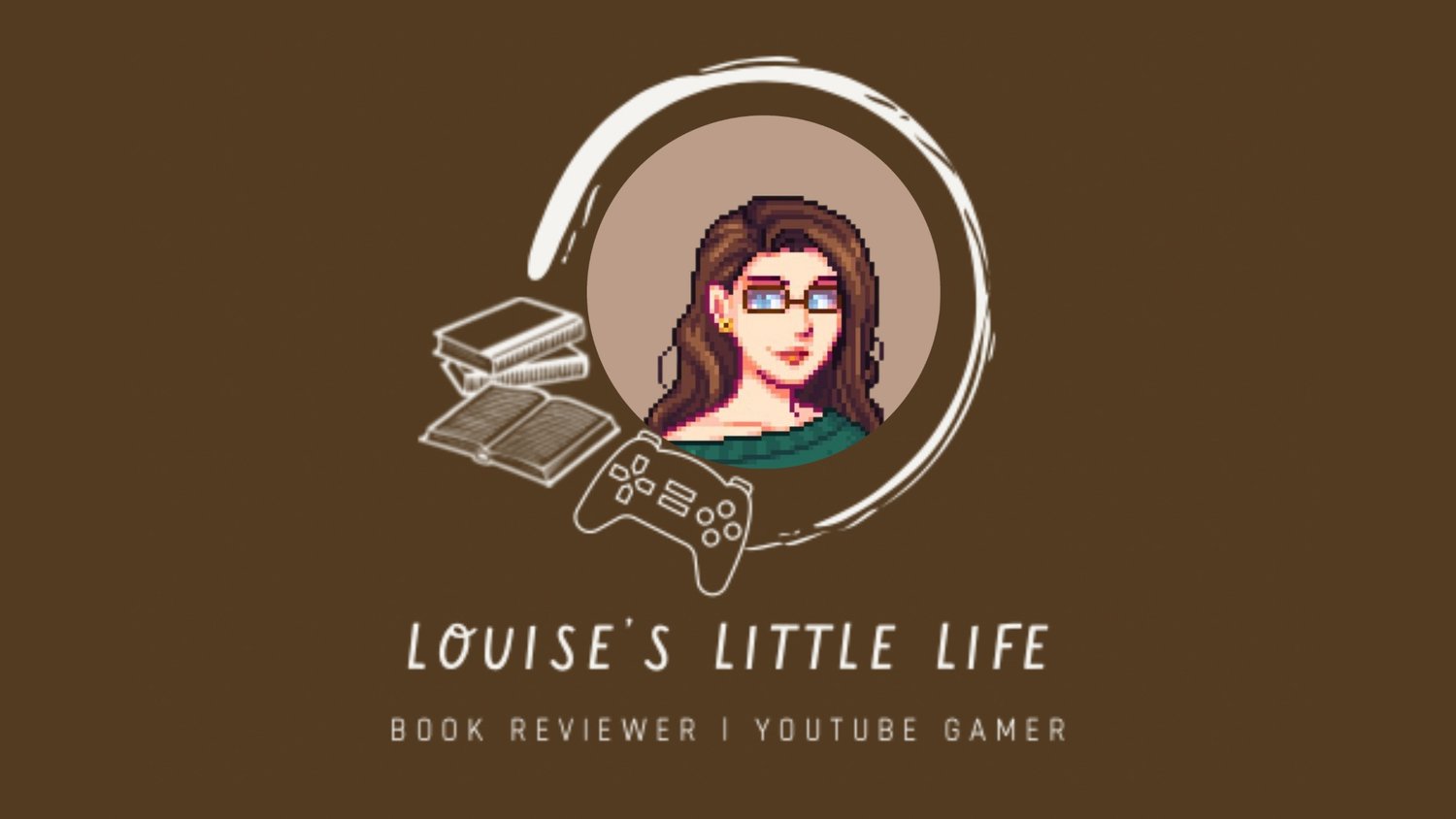Can You See M.E?
ID: Graphic with a navy blue background and gold writing which says Invisible Disabilities Week 18th - 24th October 2020. There’s a gold leaf design under the writing.
Hello friends,
This week is Invisible Disabilities Week {18th-24th October 2020} and since I live with not one but two invisible illnesses, I thought I’d take the opportunity to highlight this week. I’ll mainly be focusing on Myalgic Encephalomyelitis or M.E, though some of the things I’m going to highlight are also experienced by people with many other invisible illnesses.
What is an invisible disability?
An invisible disability is defined as a disability or illness that isn’t immediately apparent. They are usually chronic illnesses/disabilities or conditions that significantly impairs the normal activities of daily living.
But you don’t look sick! / You look well!
While many who live with invisible disabilities may not look sick or disabled in the eyes of those who have a certain idea or perception of what being sick/disabled is supposedly to look like, being told you don’t look sick or that you look well, isn’t necessarily the compliment someone thinks it is.
Not necessarily looking as sick as you feel can often be a massive frustration when trying to get medical help in managing the invisible illness you have. Many have to fight to be believed because they don’t fit the image of a sick/disabled person that society seems to have in mind. They are often told there’s nothing wrong with them, that it’s all in their head or that they’re lazy.
So the next time you see someone you know with an invisible disability, please think before you tell them they look well, as though I’m sure its coming from a place of kindness, it will likely be adding to the person’s frustrations.
Is M.E really invisible?
Although M.E is classed as an invisible illness, personally I feel there are some physical tells that show a person has M.E. However, I do feel you have to be very familiar with the disease in order to notice them ~ those with M.E and their carers will likely notice them, I know I do. But for most people, M.E remains an invisible illness.
From what I see when I look in the mirror each day, many with M.E may have a highly exhausted expression to their eyes and they may also have a squinting look to their eyes depending on the light levels you see them in. They may also have a pale / grey pallor, especially if they’re reaching their energy limit.
ID: A black and white photograph of Louise’s walking stick.
When you’re in company with someone with M.E, you may pick up on them beginning to stutter, slur or forgetting their train of thought when they are doing their best to keep up a conversation but are hitting the limit on the energy, physical and mental and their cognitive disfunction is worsening due to exertion.
They will likely move slower than a healthier person, whether they’re walking or trying to do a certain activity because of the pain or lack of energy levels they may be dealing with. To help them get around, a person with M.E, including myself, may choose to use a mobility aid such as crutches, a walking stick or even a wheelchair. While there are issues that can come with using aids, such a accessibility {a topic for another day} they can add some visibility to having M.E and may open up conversations that can lead to informing others about the seriousness of the disease.
So is M.E really invisible? Sadly, for the majority, yes it is.
There are so many people around the world living with one or more invisible disabilities or illness and this really highlights that you can never know what a person with living through or dealing with simply by looking at them. So when someone says they are struggling or are in pain, it’s not our place to judge or not believe them. At the end of the day, we’re all dealing with something and only you know what you are going through and if you were in their place, I highly doubt you’d like being called a liar, a hypochondriac or lazy.
To all the people reading this who also live with one or more invisible disabilities/illnesses, I see you and I believe you.
Stay Safe. Be Kind.
L x

